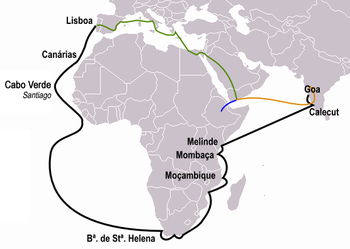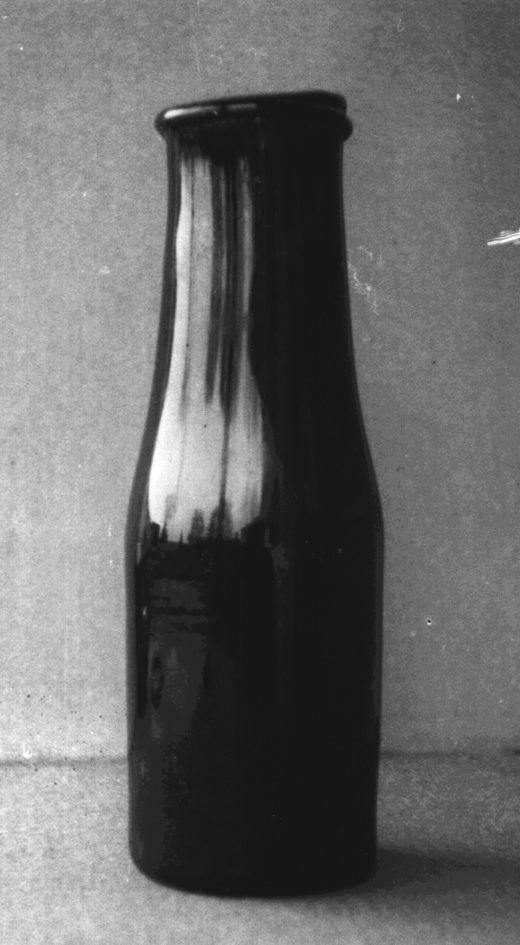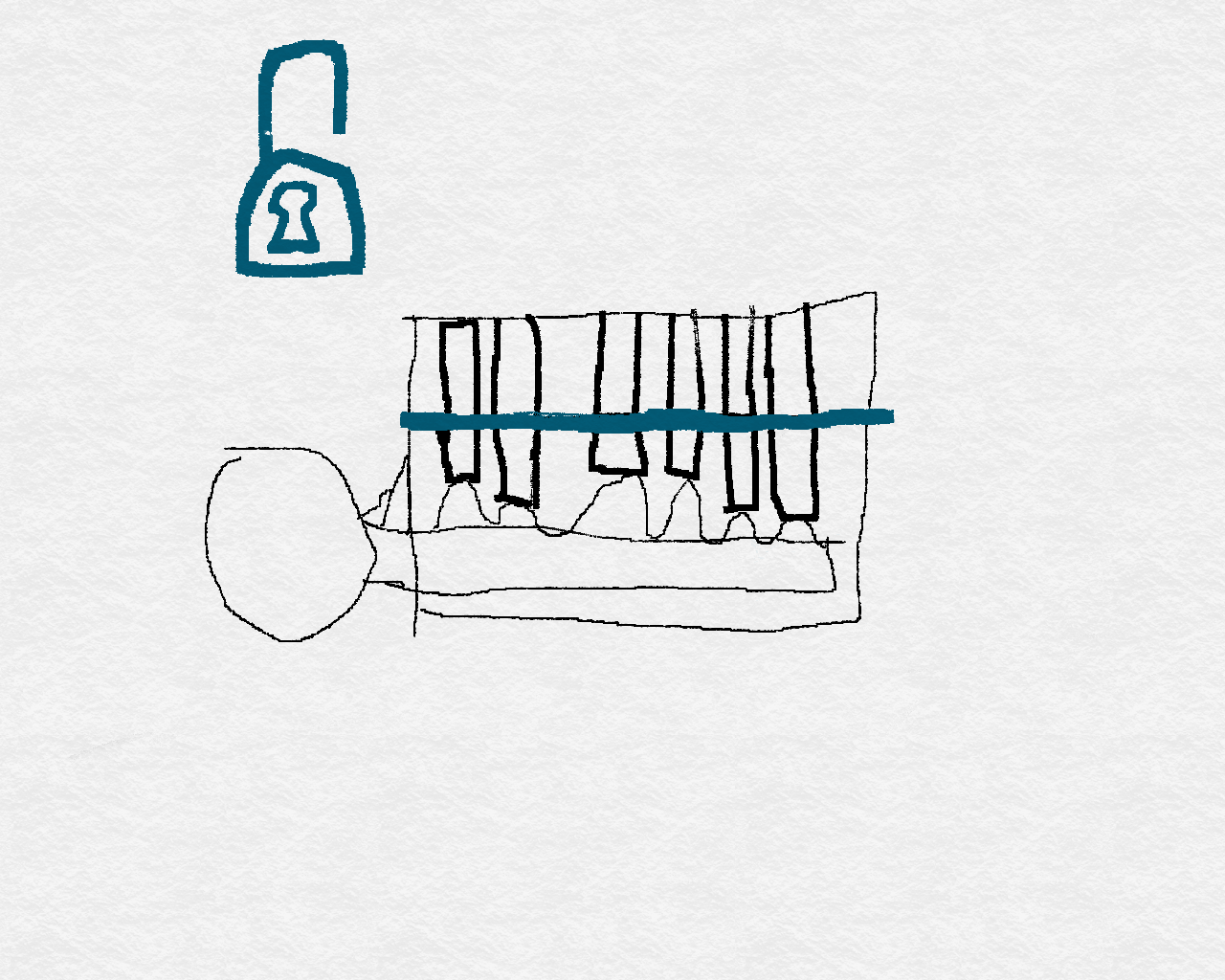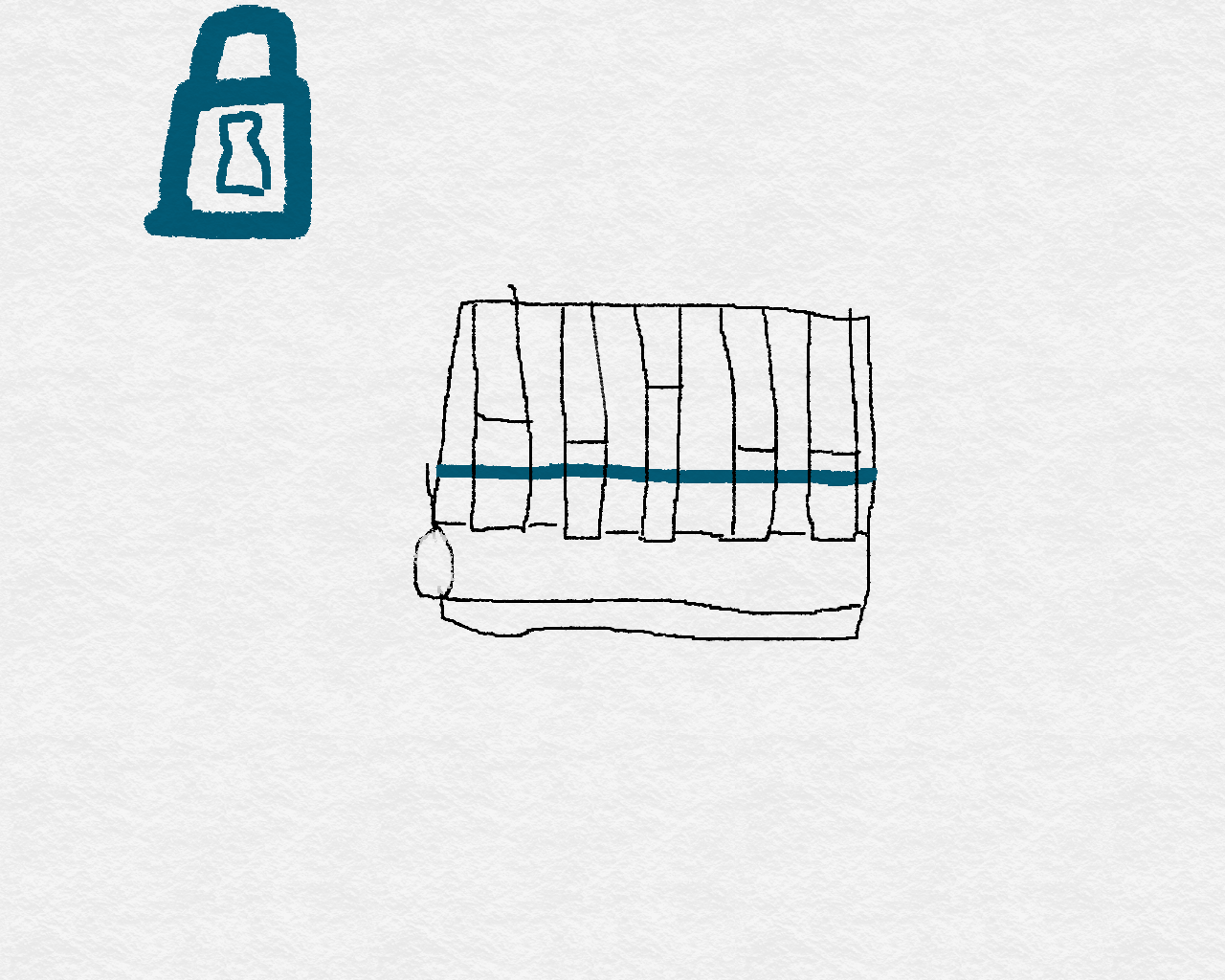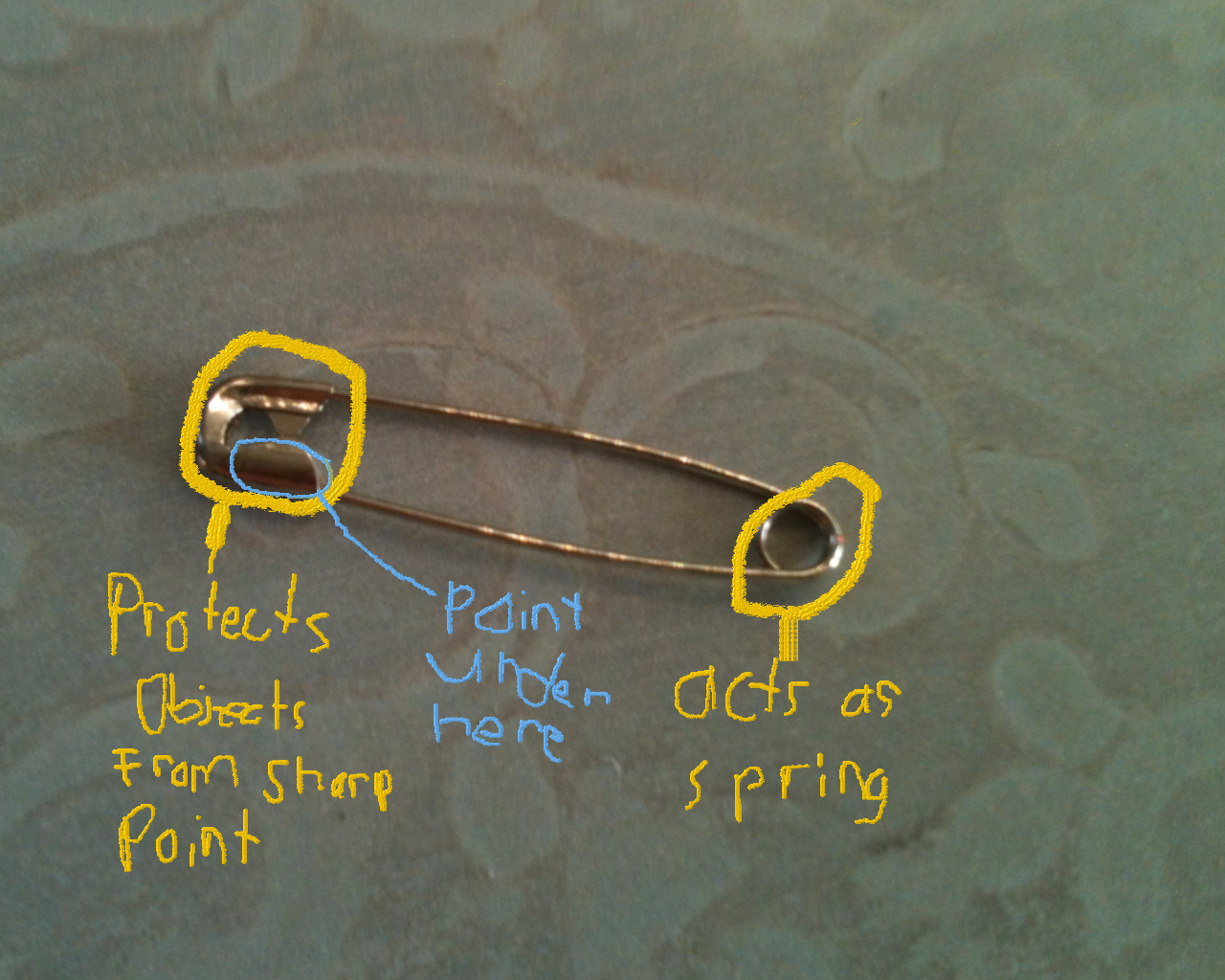Salt and Pepper Shakers
John Mason (Inventor of the Mason Jar, as shown in the next section of this essay) invented the salt and pepper shakers in 1858. They were glass with a screw top lid, which had small holes punched in it. It keeps your hand from touching the seasoning, and also helps you regulate how much salt and pepper you take into your body. When Mason’s patent expired, manufacturers started producing them widespread, and they became quite common.
Pepper
India was on of the few places that could raise pepper in the ancient times. The Europeans wanted the pepper from India for seasoning, but it was hard to get to. At first, on could go along the silk road to India and buy/trade for pepper there, but that ended when the ottomans led to the fall of Constantinople. The Europeans couldn’t get by the silk road anymore. They began sending out ships to find a sea route to India. The first Portuguese ship launched in 1497, as shown in black on the map. One of the most famous routes is Christopher Columbus’ first voyage to Cuba, when he discovered America. He was trying to go around the globe to get to India. Now, we have such advanced ways of travel, we can import pepper from other countries via airplanes if we like. Pepper is very common now and is on most of our dinner tables just like that.
Mason Jar
The Canning Process was invented in 1809 by Nicolas Appert, told more about in the link earlier this sentence. Appert used jars like these:
Canning soon moved from jars to tin cans, and that is what we are familiar with today; however canning at home was almost impossible because normal people could not afford the tin cans, and they were harder to package. So John Mason, around the time he invented the salt and pepper shakers, invented the mason jar we are familiar with for home canning today. (coming very,very soon) Here is my drawing of a common one:
Mason Jars were glass with a screw top lid and seal. Mason’s patent expired before anybody started producing them, so that slowed the spread of their use. Mason jars are VERY common now, and you can by them at many stores. I would like to quickly point out the difference between the two leading mason jars. Ball and Kerr. Ball mason jars have measurements while Kerr jars do not.
Pencil Eraser
Before the eraser, bread was used to erase pencil marks, but it would get old and moldy, so you had to have someone making you a loaf of bread every day just to write! Sometime in the 1700’s, the rubber was discovered to work better, and that gave birth to the eraser. Hyman Lipman combined the pencil and eraser to create the pencil eraser. He sold the patent to an investor, but the patent wouldn’t stick, and, after many lawsuits, the Supreme Court decided that the patent was a combination of two existing inventions, and he lost all patent rights. This quickened the spread of the pencil eraser’s use. Now, you can go to the dollar store, and buy a 12 pencils (with erasers) for just $1.
Twine Binder
Wheat growing steps:
The labors that bind the wheat after it is reaped just simply could not keep up with the reaper. They would fall behind, so the wheat crop would be smaller, and produce less food. Well, in 1858, John Appleby invented the twine binder to solve this problem. It quickly and efficiently bound twine on a bundle of grain. The binder would be on the reaper, and after being reaped, it would automatically bind the wheat.
